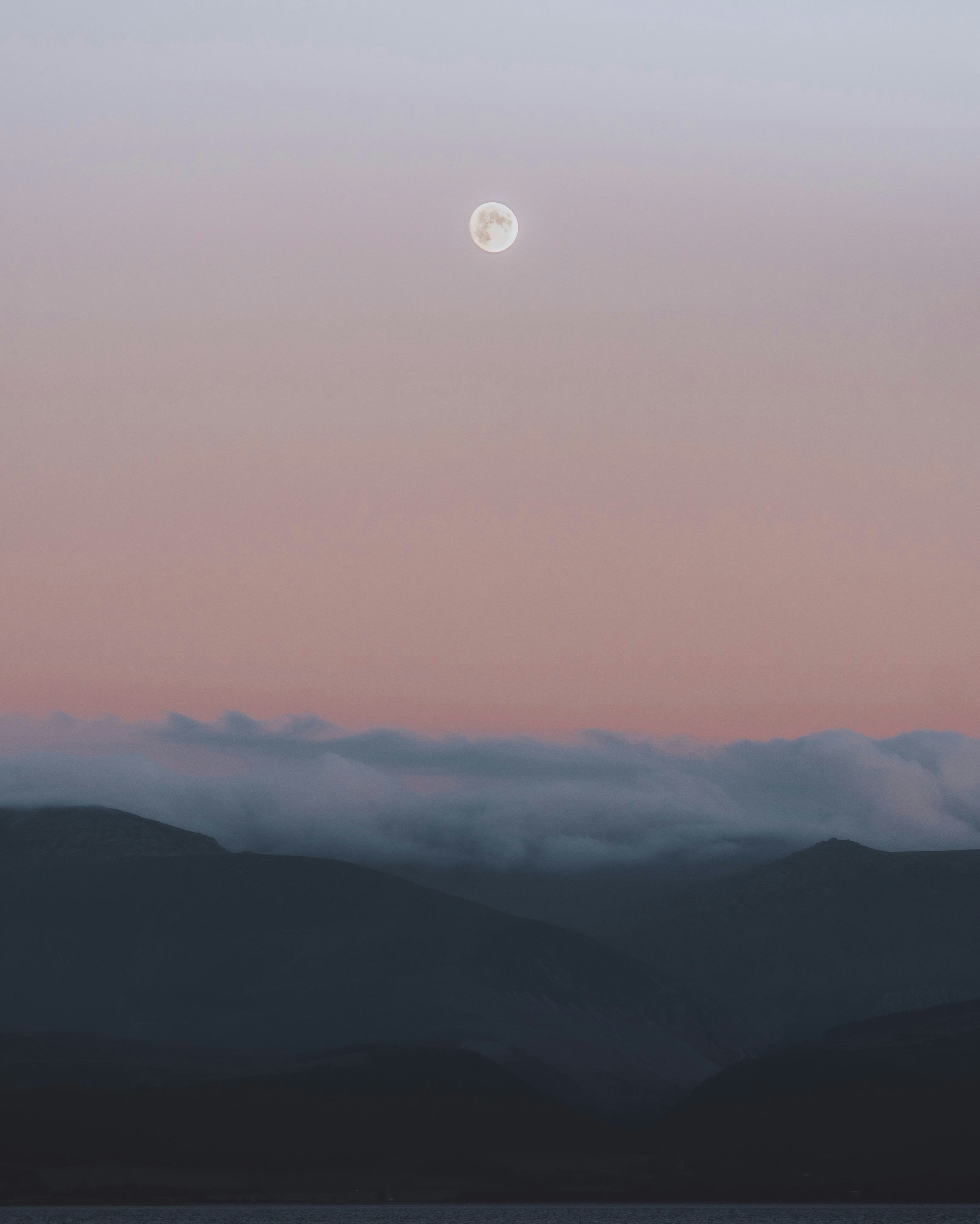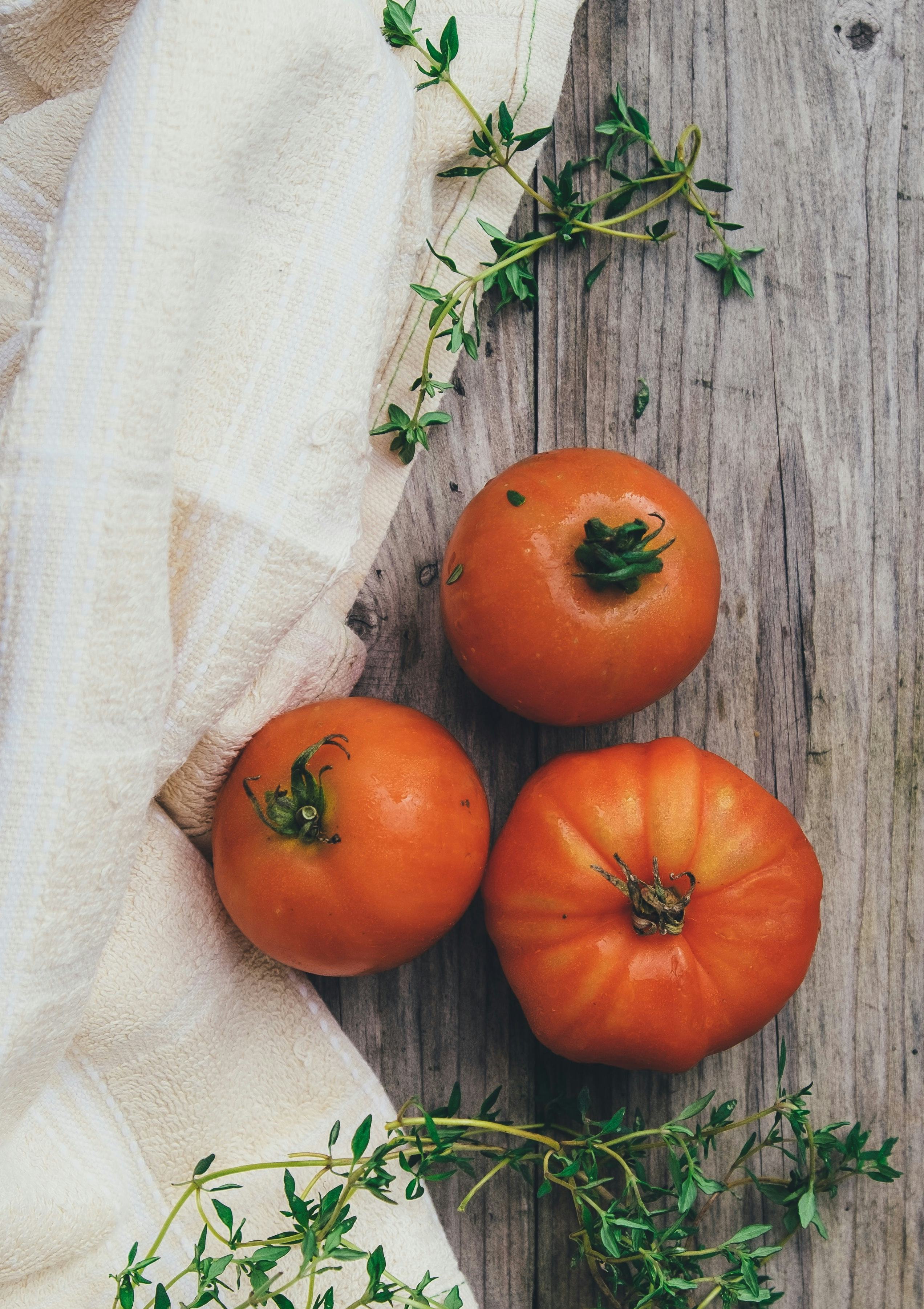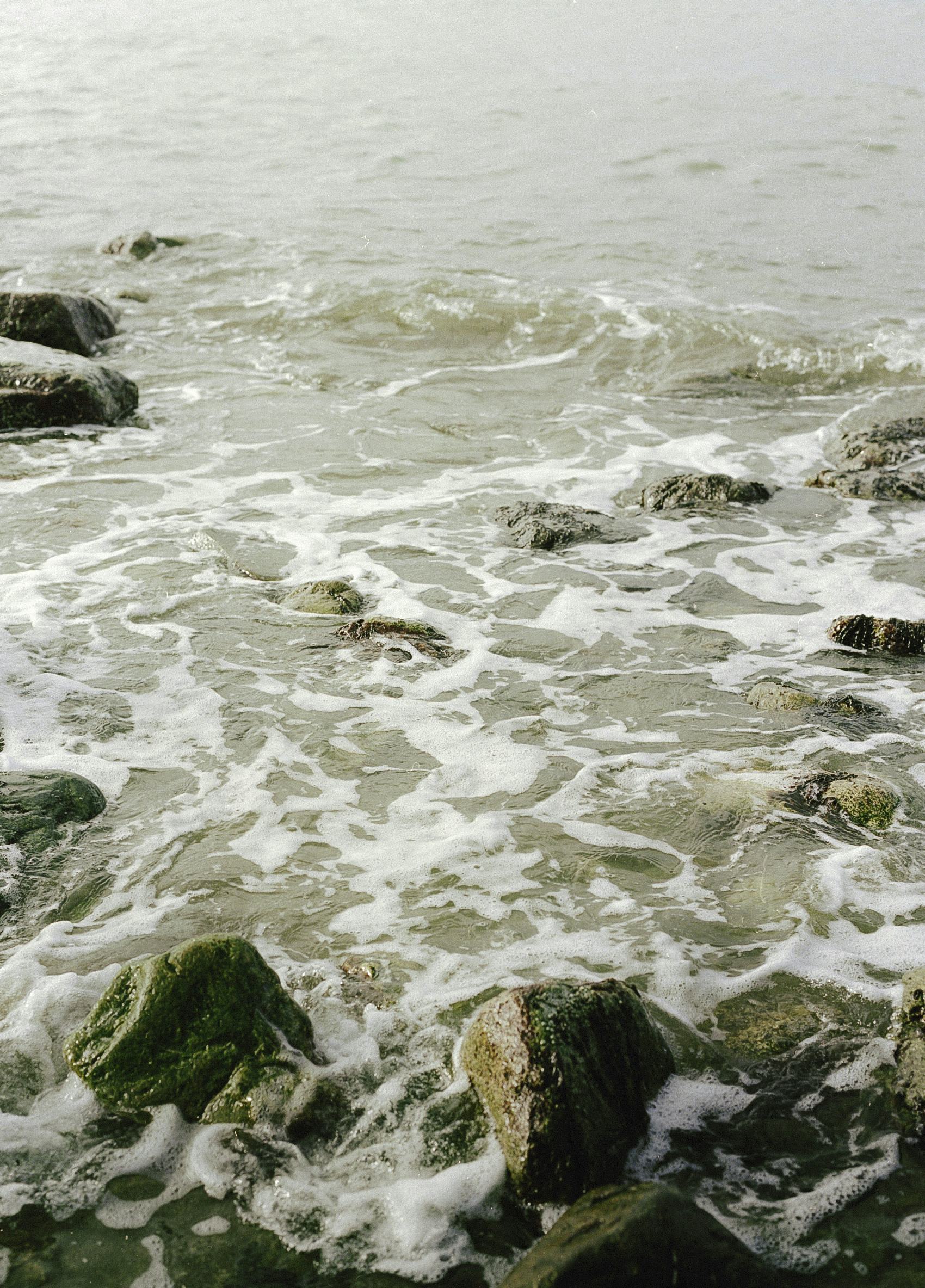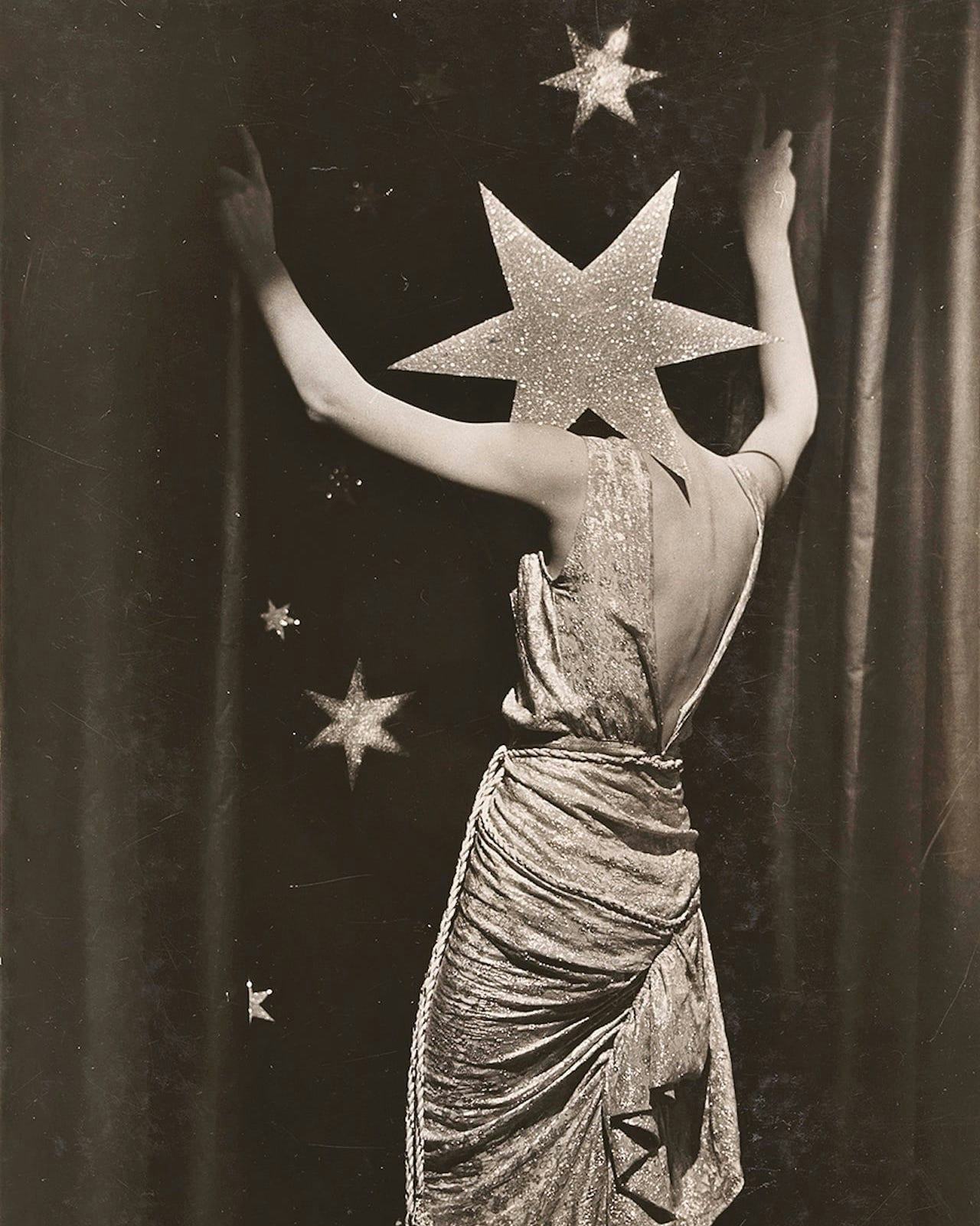The mind plays tricks on us. This we know. The heart is deceitful above all things. This we accept. But the body is the consummate con artist. Consider the eyes.
Our eyes are no revolutionaries. They bow to the familiar, the known order of things.
Our eyes are no visionaries. They believe what they perceive, hold fast to what appears.
Our eyes are no saints. They deceive us.
Day after day, our eyes witness the sun rising then sliding down until it slips away. No wonder then, that tracing the sun’s unfailing trek, the ancient Greeks envisioned Helios, god of the sun, god of sight, the all-seeing witness, driving his fiery golden chariot across the sky from east to west. No wonder, that hearing the Psalms describe the sun “like a strong man, running its course with joy,” medieval Christians followed Bartolomeo Spina, chief censor of the Catholic Church, into battle to stamp out Copernican heliocentrism as a noxious heresy, and eagerly cheered on the Inquisition’s condemnation of Galileo Galilei. Our eyes skew geocentric.
*
Four hundred years after the Copernican revolution, our trust now in science—its methods, perspectives, data, formulae, proofs, conclusions, theories—we scoff at those fools of myth and dogma. We stand secure on our foundation of reason. Though our eyes tell us it is the sun that moves, we don’t believe their tricks. We take on faith the word of others whom we have not met that the sun stands still, and it is we who are moving. We cannot see ourselves move, we cannot feel ourselves moving. Yet we believe. Not even physicists can see the elementary particles of the universe, including the ephemeral Higgs boson, but we believe they exist based on indirect evidence painstakingly gathered. We believe we’re wise to the ways of our senses, the deceits of the body. We know how unreliable eyewitness accounts can be—we’ve seen Rashomon. We’re aware of the limits of our perception—we’ve heard the tale of the five blind men and the elephant. We’re confident we would never be blind believers in outmoded ideas or partial truths, for we have ascended to the realm of the mind, safe from such errors. We, the enlightened, could never be reactionaries.
But our bodies go on tricking us.
Our bodies depend on stable internal mappings of the world in order to function efficiently. We live at the mercy of our bodies. Bodies that lead us astray.
Our bodies skew anthropocentric. Our human bodies, our homo sapiens form with its upright stance and versatile hand, gull us every moment, assuring us that we stand above and before all others, that we are the axis mundi around which all revolves. When biologists and philosophers call anthropocentrism an egocentric illusion, tell us that human beings are not the pinnacle of creation or the center of the cosmos but a speck, a moment, in a vast unfolding universe, our bodies whisper, “That can’t be true. Is there anything more complex, more marvelous, more miraculous than us?”
Our bodies skew biocentric. The body wants to live. Like all life forms, human bodies are designed at the cellular level to adapt, flourish, survive. When climatologists record earth’s temperature rising faster than predicted, and geologists warn the Anthropocene is ending and a new era dawning, the Sixth Extinction, when human beings will reap the destruction we have visited upon the earth with our ignorance, pride, and greed, our bones, our cells cry out, “Impossible! We’re built for homeostasis! For balance, for adjustment, for change! Not destruction. Unthinkable.”
Our bodies skew imperialistic. To smooth our way through the world, our bodies assure us, beyond question, that the world we experience cannot be otherwise than what we perceive, that our perceptions are the world, that their knowing is all-knowing, and that they could not, would not ever trick us. When neurologists observe that each of us body-minds is walking around in a unique nerve net of experience that is ours and ours alone; that everything we experience, not just what we see, depends on our individual body and its singular way of perceiving our environment; that every one of us lives in a world apart; that if we jumped into another human body we would swear we were hallucinating—our bodies shrug off this inconvenient truth, calmly reassure us, saying “Ridiculous. That can’t be. I know what the world feels like. How can it be otherwise?”
What then?
When a woman says, “It’s not safe here. Let’s go, now”;
when a man says, “The world isn’t so friendly when you’re in constant pain”;
when a friend asks, “What do you know about living in a Black body?”;
when a ten-year-old insists to their parents, “I’m a they!”;
when a twenty-seven-year-old daughter announces, “I’m transitioning,”
when an Indigenous person says, “The land knows me”;
what do our bodies tell us? Do they insist on what we have always seen and heard and felt? Hold fast to what we experience, we know? Cling to our perception of our own bodies and theirs? To what long tradition has taught us to expect of bodies? Of this earth? Do we condemn the truth seen and lived by another, in their flesh?
Perhaps.
But perhaps we will have the vision of Galileo and Copernicus to heed all that is revealed to us. Brave our world being turned upside down, inside out. Dare to release our grip on reality and be swept into whirling, buffeting, dizzying uncertainty. Step into the unknown. Unlock the doors of our perception and discover how to belong, with all creatures, with the earth, with the cosmos, how to share the gift of being alive in these our many blessed bodies.
Perhaps we will greet the next revolution, the coming cataclysm of being, not with disbelief but wisdom, not resistance but welcome.
Image source: Dora Maar, untitled image, c. 1935
Mary Lane Potter’s books include the novel A Woman of Salt (Counterpoint) and Strangers and Sojourners: Stories from the Lowcountry (Counterpoint). Her essays have appeared in River Teeth, Witness, Parabola, Tablet Magazine, SUFI Journal, Leaping Clear, Women’s Studies Quarterly, Minerva Rising, Still Point Arts Quarterly, and others. Learn more on her website.
Discover more from Mary Lane Potter.









.jpg?ixlib=gatsbyFP&auto=compress%2Cformat&fit=max&q=50&w=5329&h=6621)